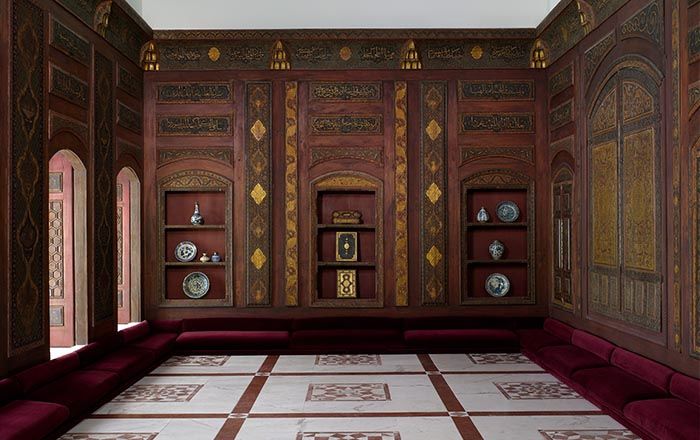Chess Piece, Pawn
This chess piece was excavated in Nishapur, Iran in 1937 at the site of Sabz Pushan—a thriving residential neighborhood throughout the 9th and 12th centuries. Made from carved alabaster, the formal elements of this object, such as its seven-sided base and elongated prismatic shape, suggests that it functioned as a pawn. The traces of black lines and blue pigment on the alabaster stone serve as evidence that it was originally painted. It is one of many objects acquired by the Museum through a division of finds with the Iranian government.
This image cannot be enlarged, viewed at full screen, or downloaded.

